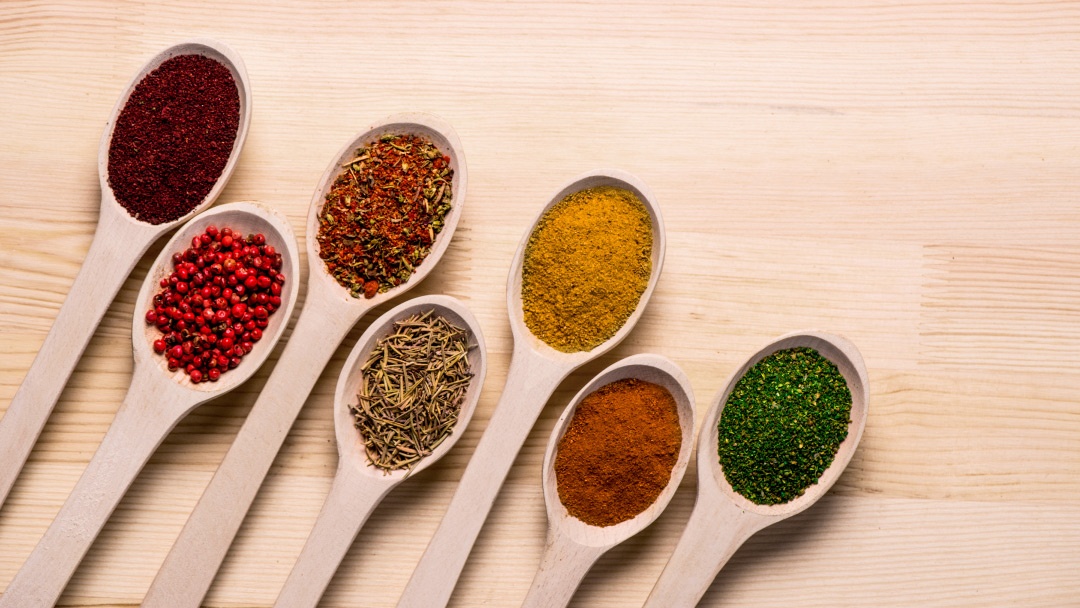
The spices that once reshaped the world through the trade routes of the 15th and 16th centuries are now re-emerging with a new purpose – a cutting-edge functional additives capable of transforming animal health and welfare management in aquaculture.
Spices such as cinnamon, clove, ginger and turmeric, among others, are proving to be promising natural substitutes for synthetic chemical compounds in aquafeed.
The simple inclusion of these spices in aquafeeds has not only been shown, on a small scale, to enhance the growth of fish and crustaceans, but also to modulate cytokine expression, stimulate phagocytic activity, and boost lysozyme and complement system responses – evidence of a complex and sophisticated biological interaction at the molecular level.
Over the past few months, misPeces has published several examples of how spices can act as immunomodulators, strengthening aquatic animals’ resistance to infections through their secondary metabolites.
Tumeric (Curcuma longa), for instance, contains curcuminoids such as curcumin, known for its antioxidant, anti-inflammatory and antimicrobial properties. Garlic (Allium sativum) possesses compounds like alliin and allicin, which confer potent antimicrobial and immunomodulatory effects. Ginger (Zingiber officinale), rich in gingerols, is being studied for its anti-inflammatory properties and its ability to stimulate immunity.
The list of functional spices is long – including onion, saffron, coriander and even chili peppers – all of which have been evaluated and recognised for their capacity to improve gut health and flesh quality.
Ultimately, advancing our understanding of the applicability of spices means providing better knowledge for the triple benefit they can bring to aquaculture: health, growth and profitability.
Health, by reducing the incidence of disease. Growth, by promoting faster development of larger fish, which leads to profitability through improved feed efficiency – meaning better use of feed and reduced waste.
Furthermore, culinary additives are widely available, environmentally responsible, and contribute to global food security. The key challenge now is to continue refining dosages and formulations.


